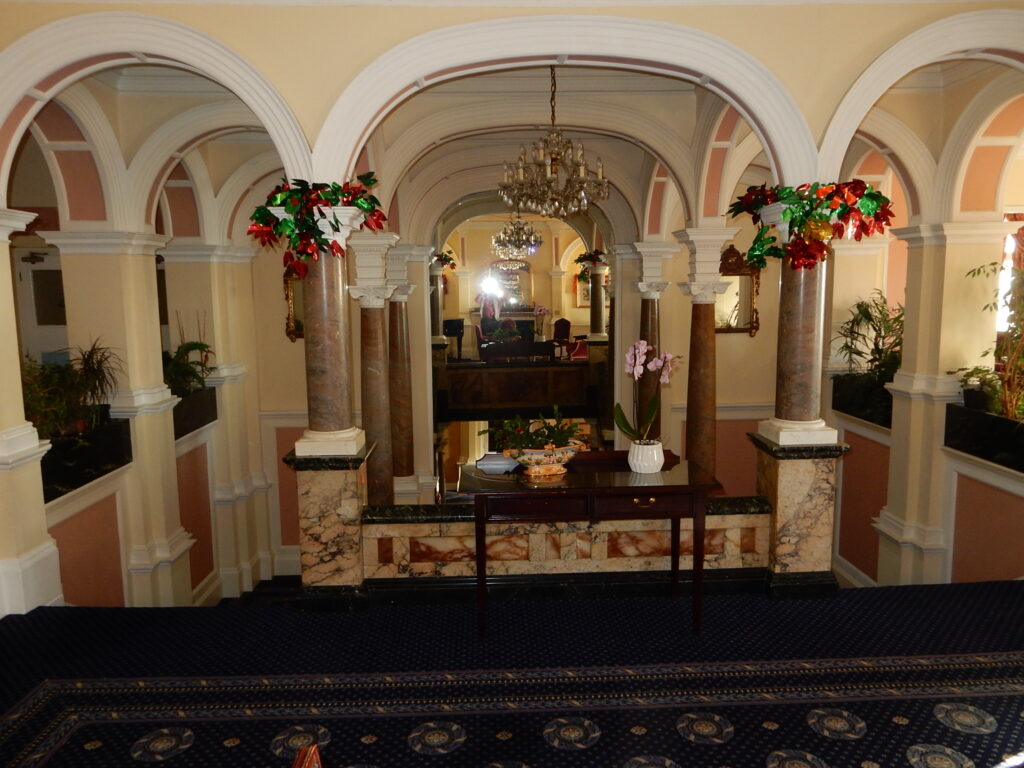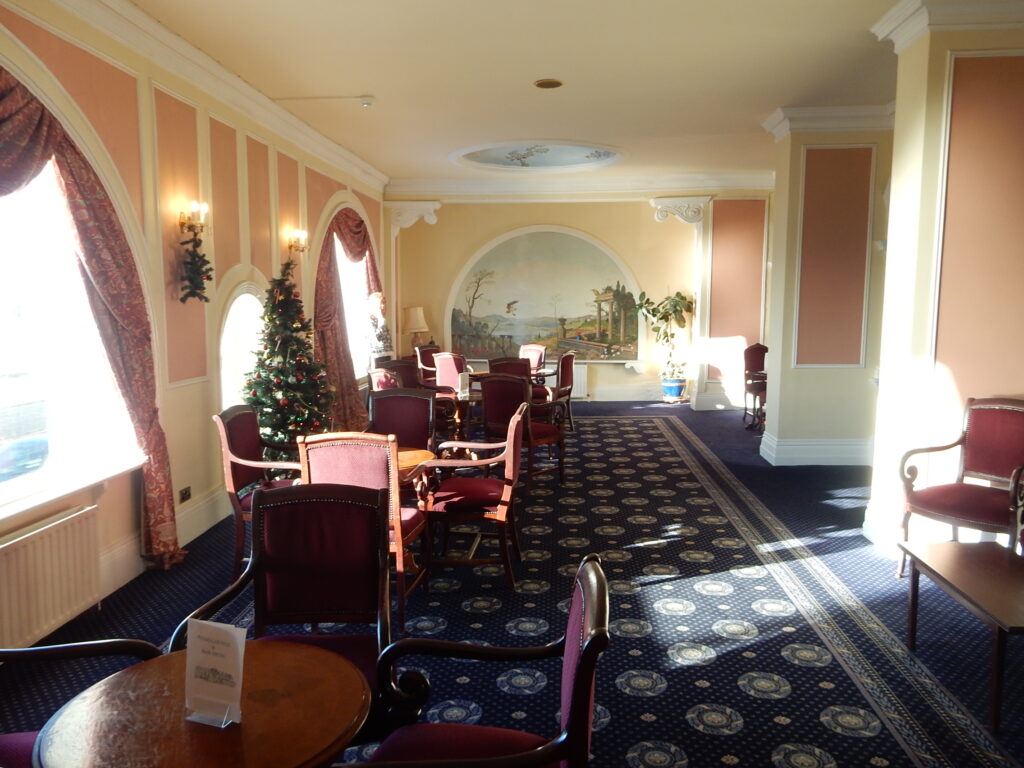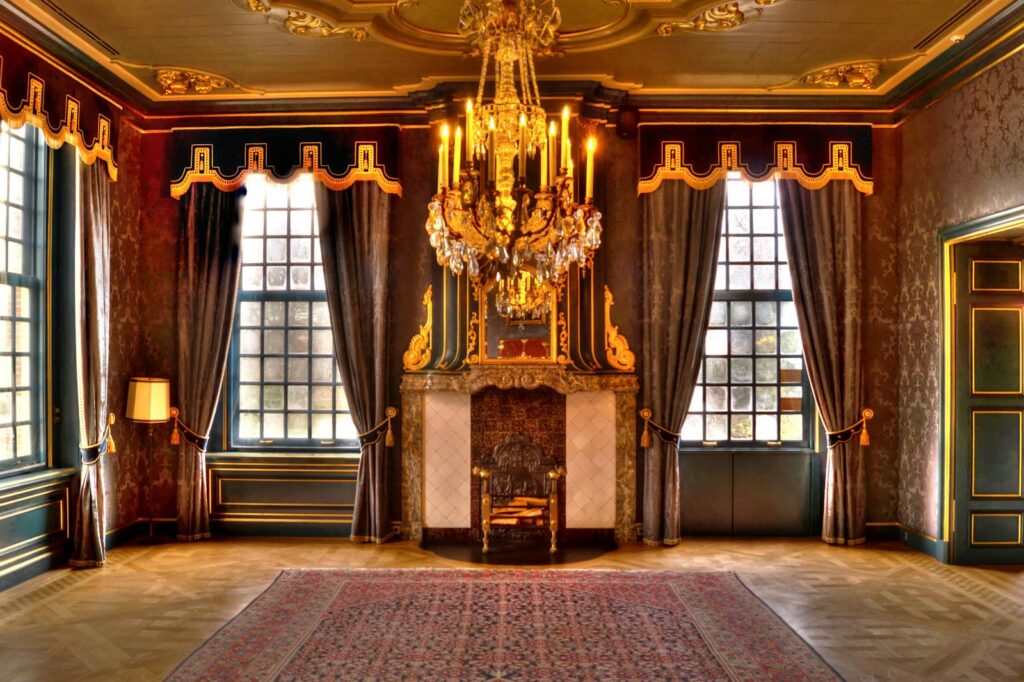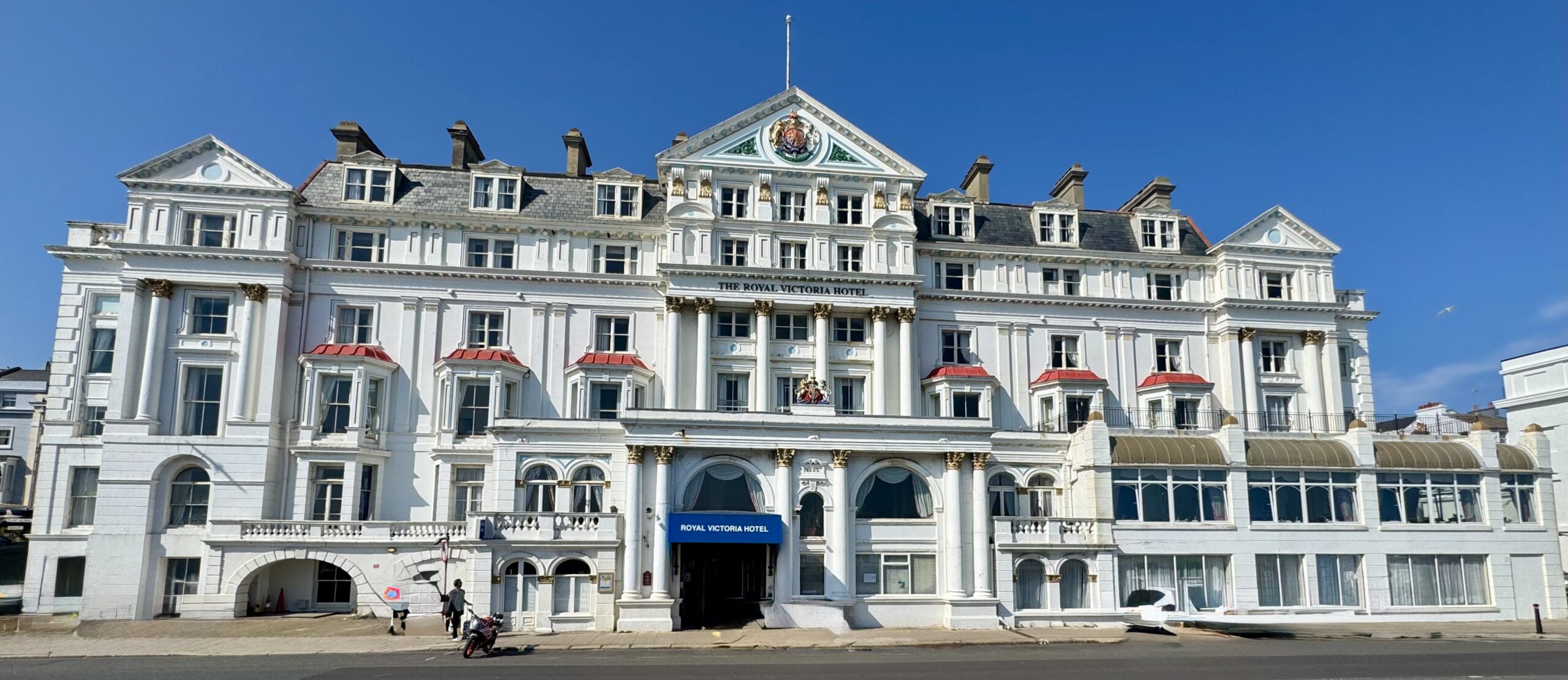Here’s a more detailed breakdown of the Royal Victoria Hotel in St Leonards-on-Sea, including its architectural evolution, notable events, and recent developments:
1. Origins & Construction (1820s–1830s)
- Developer: James Burton (1761–1837), a leading London builder, purchased land in 1828 to create St Leonards as an exclusive seaside resort.
- Architectural Design: The hotel was designed in the Regency style, with symmetrical facades, stucco exteriors, and large sash windows to maximize sea views.
- Original Name: Opened as the St Leonards Hotel (1830), it was one of the first major buildings in the new town.
- Early Clientele: Wealthy Victorians, including aristocrats and literary figures, stayed here to enjoy the sea air and spa-like atmosphere.
2. Royal Connection & Heyday (1837–1900)
- Renamed in 1838 after Queen Victoria‘s accession, capitalizing on her popularity.
- Expansion: A new wing was added in the 1850s to accommodate growing demand.
- Notable Guests:
- Charles Dickens reportedly visited St Leonards and may have stayed nearby.
- Victorian elites escaping London’s smog favored the hotel for its “healthy” coastal air.
- Railway Boom (1851): The arrival of the South Eastern Railway made St Leonards (and the hotel) more accessible, boosting tourism.
3. Early 20th Century: Wars & Decline (1900–1945)
- WWI (1914–1918): Likely used as an officers’ convalescent home or auxiliary hospital.
- Interwar Years: Remained a popular destination but faced competition from newer resorts.
- WWII (1939–1945): Possibly requisitioned for military use or housing evacuees (exact records are scarce).
4. Post-War Struggles & Conversion (1950s–1990s)
- Decline of British Seaside Resorts: With the rise of cheap foreign holidays, the hotel lost its luxury status.
- Partial Conversions: By the 1970s–80s, sections were converted into private flats, while some areas remained as a hotel.
- Architectural Decay: The building suffered neglect, with some original features lost to poor maintenance.
5. 21st Century: Redevelopment Plans & Current Status
- 2000s: Listed as a Grade II building, protecting its facade and historic elements.
- 2010s: Multiple proposals for restoration, including:
- 2016: Plans to convert the hotel into luxury apartments while preserving its exterior.
- 2019: Discussions about a mixed-use development with a boutique hotel, restaurants, and residences.
- 2020s: As of 2024, the building remains partially used, with some residential occupancy. Local campaigns push for full restoration.

Key Architectural Features
- Regency Grandeur: Curved balconies, wrought-iron detailing, and a central pediment.
- Original Interiors: Some surviving staircases, cornices, and fireplaces remain.
- Seafront Prominence: Its position on Marina Parade makes it a focal point of St Leonards’ seafront.
Interesting Legends & Untold Stories
- Ghost Stories: Rumors of Victorian-era ghosts, typical of old seaside hotels.
- Underground Tunnels: Some speculate that secret passages (common in Burton’s designs) connect to nearby buildings.
- Film & Literary Links: May have inspired scenes in 19th-century novels set in seaside towns.
How to Visit Today
- Location: Marina Parade, St Leonards-on-Sea, TN38 0BU.
- Current Use: A mix of private residences and vacant spaces; the exterior is visible to the public.
- Best View: The seafront facade is impressive, especially at sunset.
The Royal Victoria Hotel in St Leonards-on-Sea has inspired several literary and cinematic connections, thanks to its grand Regency architecture and seaside mystique. While it hasn’t been a primary filming location for major movies, its atmosphere and history have left a mark on literature and local lore.

Literary Connections
- Charles Dickens & St Leonards
- Though no definitive proof exists that Dickens stayed at the Royal Victoria, he visited St Leonards frequently in the 1850s and mentioned the town in his work.
- In “Bleak House” (1853), the character Mr. Skimpole may have been inspired by a real person Dickens met in St Leonards.
- Some speculate that the hotel’s genteel decay in the late 19th century could have influenced Dickens’ depictions of faded grandeur.
- Victorian & Gothic Fiction
- The hotel’s seaside Gothic ambiance—stormy cliffs, hidden tunnels, and aristocratic guests—made it a fitting setting for sensation novels of the 1800s.
- Wilkie Collins (The Woman in White) and other writers of the time often used coastal resorts as backdrops for mystery and drama.
- Modern Literary References
- Local authors and historians, like Lucy Sussex, have referenced St Leonards’ history in neo-Victorian fiction.
- The hotel’s decline has been a metaphor in post-war British literature, symbolizing the fading glory of seaside England.
Film & TV Appearances
While the Royal Victoria hasn’t starred in blockbusters, its aesthetic has drawn interest:
- BBC Period Dramas
- The hotel’s Regency architecture resembles locations used in Jane Austen adaptations (e.g., Persuasion).
- It could have served as inspiration for “Foyle’s War” (set in nearby Hastings) or other WWII-era dramas.
- Independent & Horror Films
- Its slightly eerie, abandoned sections have attracted low-budget horror filmmakers.
- Rumors of ghostly Victorian guests make it a candidate for haunted hotel documentaries.
- Documentaries & Travel Shows
- Featured in programs about Britain’s Lost Seaside Glory (e.g., BBC’s “Coast”).
- The Burton family’s architectural legacy (James & Decimus Burton) has been explored in historical docs.
The Hotel in Local Myths & Pop Culture
- Agatha Christie Link? Christie stayed in nearby Torquay, but St Leonards’ genteel decay fits her murder-mystery settings.
- “The Shining” Comparisons? Some locals joke about its potential as a British Overlook Hotel due to its grand isolation.
- Music & Art: Indie bands (e.g., The Fat White Family) have referenced Hastings/St Leonards’ decay in lyrics—possibly hinting at sites like the Royal Victoria.
Could It Be a Future Film Set?
With proper restoration, the hotel could become a period drama hotspot (like Brighton’s Royal Pavilion). Its:
✔ Grand staircases
✔ Crumbling ballrooms
✔ Seafront vistas
…are perfect for Bridgerton-esque scenes or Gothic thrillers.


Leave a Reply